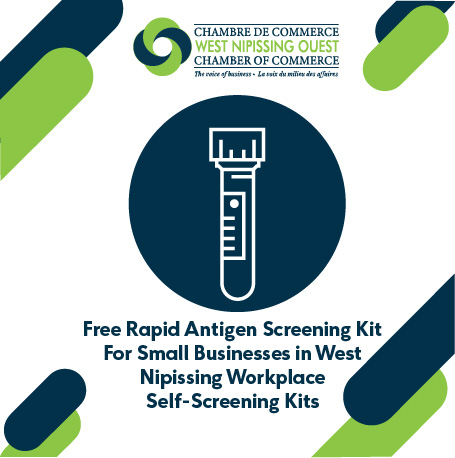

That means it's important to keep the temperature in mind here, as well: "The range of temperatures to run the test is actually much more narrow," Garner explained, adding that most tests work best when the temperature is between 65 and 86 degrees. So you really, really need to follow the instructions to the exact letter.”

“They’re developed for use in medical settings by trained personnel. "Turn off your cell phone, and have somebody else answer the door." Take the test - and interpret your results - according to the specific instructions on the box "You're performing a clinical laboratory test on your kitchen table," Volk said.
#At home rapid test full
When it's time to take your test, read the instructions all the way through and plan to devote your full attention to the process. "If you warm them back up to room temperature when you run them, they do seem to work quite well." But it will generally still be usable as long as the liquids in the test kit don't freeze, she said. "In this test are proteins that are going to be very sensitive to becoming too hot."Īt colder temperatures, the test may still be temporarily affected. "When you cook an egg, it denatures the proteins," she explained. Amy Mathers, associate professor of medicine and pathology and associate director of clinical microbiology at the University of Virginia School of Medicine, told TODAY.Īfter exposure to very high temperatures, components of the reagent chemicals that come with the test may be permanently damaged in a way that affects the sensitivity of the test, Mathers said. Get the tests inside as soon as possibleĮxposure to extreme hot or cold temperatures may affect the accuracy of home COVID-19 rapid tests, Dr. Here's what you need to know about storing and taking the tests to get the most accurate results possible - and help protect your community. With BA.2 cases continuing to spread across the U.S., it's more important than ever to be able to rely on the results you get from COVID-19 tests.


 0 kommentar(er)
0 kommentar(er)
